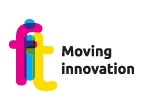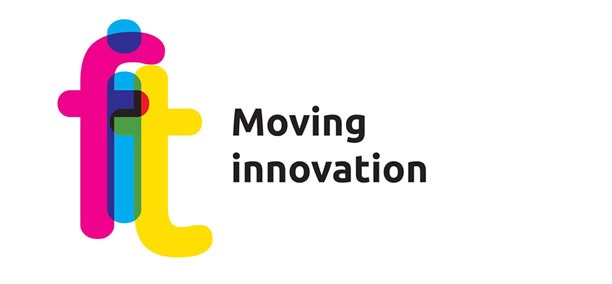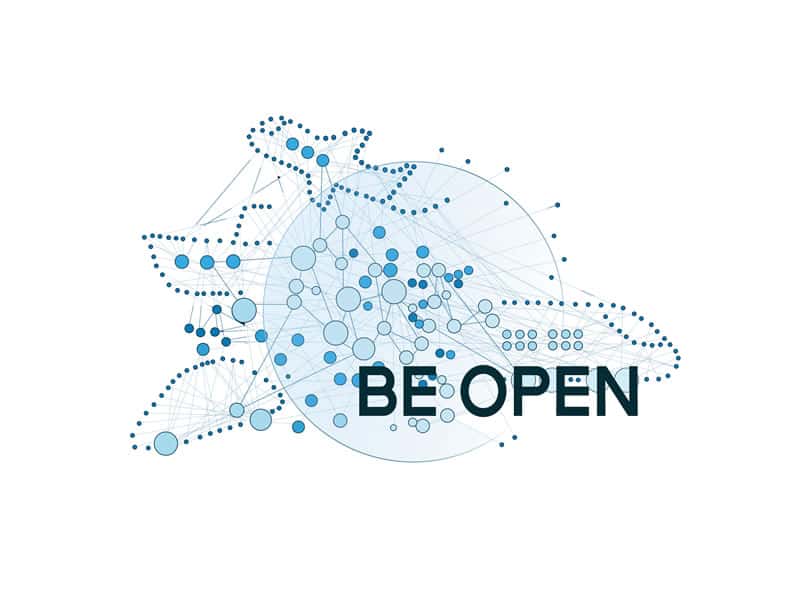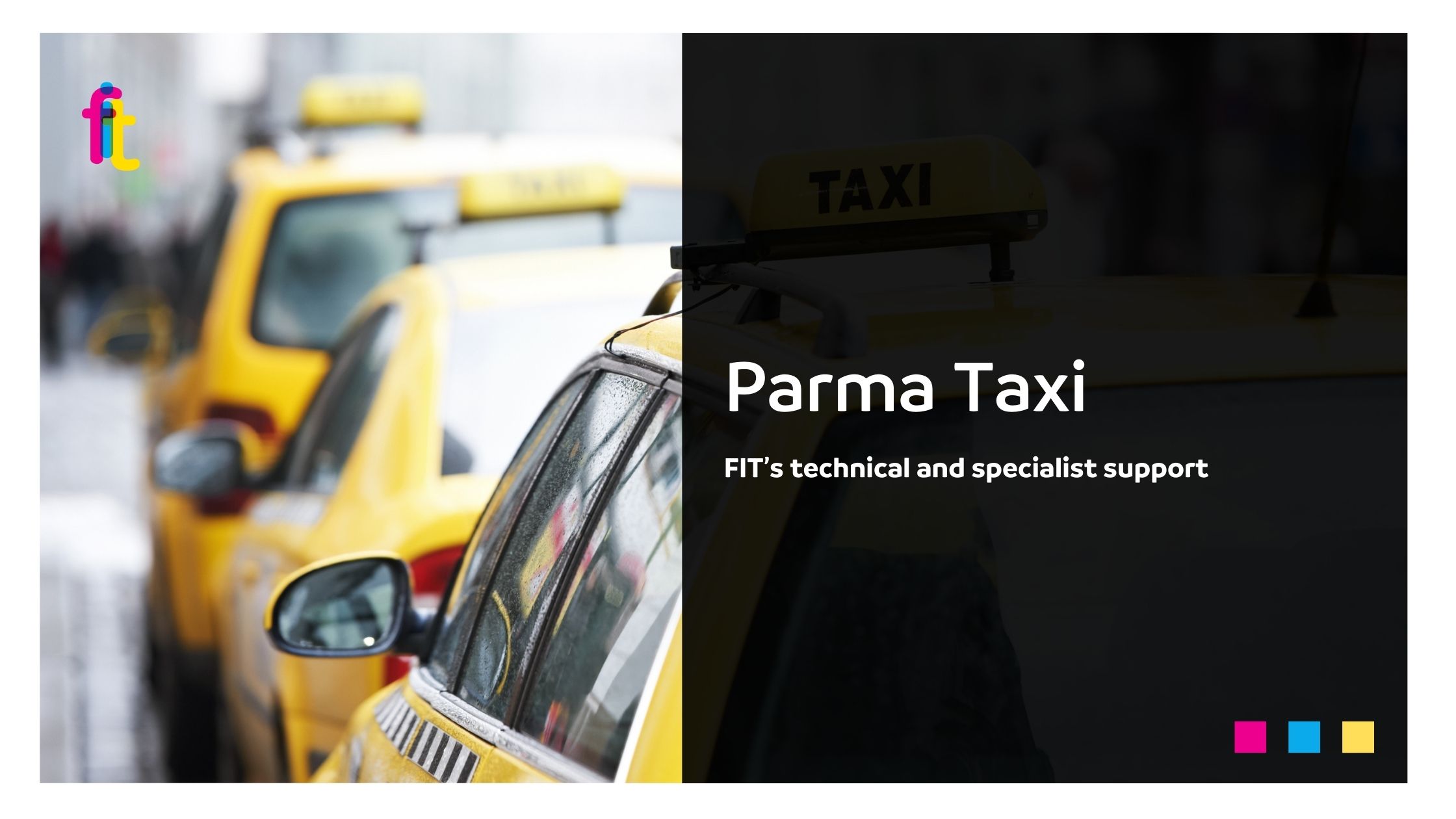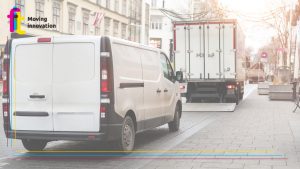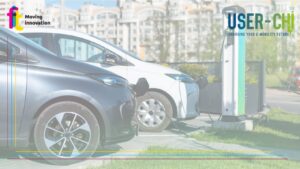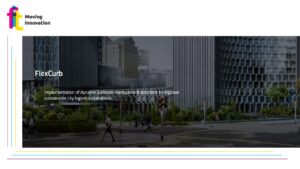To date, transport research data is different in content, structure, use and level of accessibility. Furthermore, the different transport sectors differ significantly in terms of data collected, reference methodologies, analyzes performed on them and opinions on open data. In fact, it is stated that to date, of all transportation researchers interviewed, only 5% currently openly share data.
In this context, the project BE OPEN, financed under the European Horizon 2020 program and launched in January 2019 by a consortium of 17 partners from 10 European nations, aims to make theOpen Science in transport research at European level, through a series of targeted support and coordination activities.
What is Open Science
The concept of Open Science was created to encourage new approaches to research and communication through openness, integrity and reproducibility of solutions. In fact, it aims to make scientific processes and results more transparent and accessible at every level and to everyone.
The rapid growth of digital technologies and new collaboration tools become enabling factors of Open Science, allowing us to accelerate the process of adopting “open” behaviors and facilitating the sharing of large volumes of information, study materials and data. The culture and ability to share research activities across national borders are characteristics that – together with the considerable research and knowledge base – place Europe in a leading position at global level to promote and accelerate the new way of working promoted from Open Science.
The 8 pillars indicated by the European Commission
The European Commission strongly promotes the culture of Open Science by defining eight “pillars” on which it bases its basic principles:
1. prizes and incentives;
2. research indicators and new generations of metrics;
3. future of scientific communication;
4. European Open Science Cloud (EOSC);
5. FAIR Data:
– findable: the data must be traceable in its entirety;
– accessible: deposit the data and associated metadata in repositories that support free access;
– interoperable: ensure the interoperability of data and metadata using possibly open source exchange formats and protocols;
– reusable: facilitate data reuse by choosing an open license.
6. research integrity;
7. skills and education;
8. Citizen Science or the commitment to participatory science, with a strong technological component.
The European Commission has therefore disclosed recommendations on access and conservation of scientific information to which Member States are invited to adhere by putting Open Science into practice, towards the free circulation of knowledge, also thanks to digital and collaborative.
The results of the research are in fact a notable asset for a nation and even more so if we consider the European Union in its entirety. To this end, the European Commission launched the OpenAIRE platform years ago, an infrastructure that collects, records and disseminates research results (publications and research data) financed under the last two framework programs (i.e. FP7 and Horizon 2020) and by national and international funding bodies, offering value-added services for researchers, project managers and research funders.
At the end of 2018, the European Open Science Cloud (EOSC) was also launched, an ambitious project aimed at making shared access to the research data of the European scientific community available to 1.7 million European researchers. Launched as a central core of connected digital infrastructures, defined as EOSC-hub, it is now evolving as a cloud to which other European e-infrastructures can be added as soon as they become technically ready to access it. The full operation of EOSC, according to the roadmap outlined by the European Commission, should be achieved by 2020, corresponding with the end of the Horizon 2020 program and the start of its successor Horizon Europe.
Open Science in transport
Among the most relevant problems that hinder wider accessibility to information are certainly the concept of privacy, trust, a lack of mechanisms or incentives that favor sharing and the lack of understanding of the added value that the circulation of data and results of research would lead.
Furthermore, among the most evident barriers in the transport sector, we can mention:
– fragmented data ownership and lack of interoperability between datasets and platforms
– different stakeholder interests regarding transport data leading to different requirements for data access
– data ownership that differs based on who generates and collects it and which very often leads to data sharing problems due to uncertainties in terms of privacy, legal liability, intellectual property, competition or costs
– the frequent sensitivity of transport data from an ethical or commercial point of view and consequent need for rigorous controls in terms of access
– the diversity of data sources which affects their quality.
– the differences in hardware and software used for data collection
– lack of experience in topics such as machine learning, data mining and data management.
The 5 steps of BE OPEN
To address these difficulties, BE OPEN wants to promote, regulate and standardize Open Science in the transport sector. This translates to:
– develop a common reference framework for a correct understanding of the concept of Open Science applied to transport; – map the Open Science resources that exist today;
– facilitate an evidence-based dialogue aimed at promoting and introducing Open Science in the transport sector;
– designate a political framework and indications aimed at implementing Open Science in transport;
– involve a broad representation of stakeholders in a participatory process aimed at adopting the concept of Open Science.
In this context, the BE OPEN project organized a first workshop on 11 October in Dublin as part of the European Transport Conference (ETC2019) to involve stakeholders in the discussion on Open Science in the transport sector and, more specifically, on the terminology more suitable to understand the concepts on which it is based and the needs that arise from the different modes of transport in the context of Open Science.
The event made it possible to collect the opinions of the participants, creating a moment of discussion on aspects such as the real knowledge of the concept of Open Science, the perceived barriers that hinder its wider diffusion in the world of transport and the areas in which Open Science can play a key role in improving approaches, services and infrastructures.
FIT Consulting’s role
FIT Consulting, partner of the BE OPEN project, is responsible for defining an area aimed at establishing a common understanding of the concept of Open Science applied to the world of transport which includes the various aspects of research. This is to facilitate the accessibility of scientific results to cities and public authorities willing to analyze benchmarks and best practices; to industries that aim to promote the state of the art of transport-related products and services; to research institutes and universities; to society at large by allowing citizens to both provide their own data relating to real-time transport information and to use available information to improve their transport efficiency.
Thanks to the interaction with a representation of stakeholders, a series of possible use cases will be created which describe, through a bottom-up approach, the resources, the actors involved, the services, the infrastructures and the expected policies, in order to develop a taxonomy relating to the different aspects of research while identifying gaps and opportunities for intervention aimed at promoting the principles of Open Science in transport.
